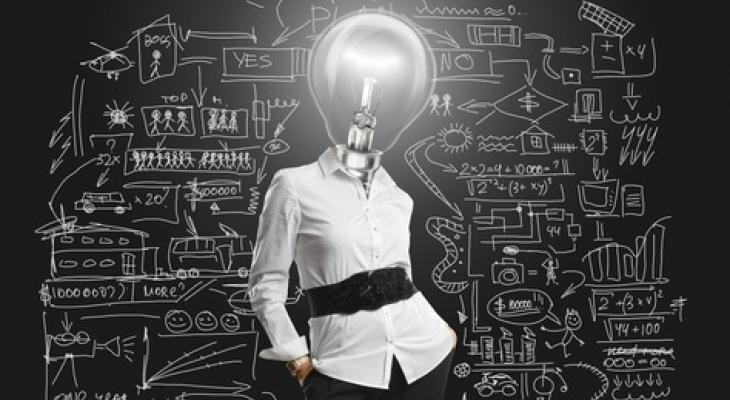The way we communicate, work, learn, and have fun has been molded by technology, which has integrated itself into every aspect of our lives. Artificial intelligence (AI), the internet of things (IoT), cloud computing, and 5G networks are among the modern, sophisticated technologies that are transforming a number of industries, including healthcare, education, retail, and more.
Smartphones and other mobile devices have fundamentally altered the way we communicate by providing quick access to information, email, and social media. Data may be kept on the cloud and accessed from any location in the world. The Internet of Things (IoT), which connects everyday devices to the internet, is making our homes and workplaces smarter and more productive.
Additionally, artificial intelligence is advancing swiftly, enabling businesses to automate repetitive tasks, personalize customer interactions, and improve data-driven choices. 5G networks, which are anticipated to provide faster, more dependable, and more secure internet connectivity, will enable new use cases like augmented and virtual reality, autonomous cars, and smart cities.
The new technologies of today’s world include:
In the twenty-first century, both technology development and usage have dramatically expanded. Some of the most significant technical advancements of the twenty-first century include:
Mobile Technology
A user of mobile technology uses a mobile phone to carry out communications-related duties, such as interacting with friends, family, and other users. Data is sent between systems using it. Mobile technology includes computing devices, portable two-way communication systems, and ancillary networking hardware.
Cellular communication systems and other related fields use mobile technology extensively. It uses a network design that enables numerous transmitters to send data simultaneously on a single channel. Multiple users can use a single frequency on this platform since it lessens the possibility of frequency interference from two or more sources. Over time, the channel has changed. The various forms of mobile networks we have are SMS, MMS, 4G, 3G, GSM, CDMA, Wi-Fi and 5G
Cloud Computing
Different services are delivered through the Internet using cloud computing. These tools and programs comprise software, servers, databases, networking, and data storage, among other things.
Cloud-based storage enables you to store files to a distant database rather than a proprietary hard disk or local storage device. An electronic gadget has access to the data and the software applications needed to run it as long as it has internet connectivity. For a variety of reasons, including cost savings, enhanced productivity, speed and efficiency, performance, and security, cloud computing is a popular choice for both individuals and corporations.
Artificial Intelligence (AI) and Machine Learning (ML)
The study of technologies used to create machines and computers that can mimic cognitive processes connected to human intelligence, such as seeing, understanding, and responding to spoken or written language, analyzing data, making recommendations, and more, is known as artificial intelligence.
A type of artificial intelligence called machine learning makes it possible for machines and systems to autonomously learn from their experiences and advance. Machine learning employs algorithms rather than explicit programming to evaluate massive volumes of data, gain knowledge from the findings, and then make judgments.
Although machine learning algorithms are educated over time by being exposed to new data, artificial intelligence is frequently conceived of as a system unto itself.
The Internet of Things (IoT)
The Internet of Things is a network of physical devices, vehicles, home appliances, and other items embedded with electronics, software, sensors, and connectivity which enables these objects to connect and exchange data.
Social Media
Social media facilitates the sharing of ideas and information through virtual networks. Social media encompasses a wide range of applications and platforms, including Facebook, Instagram, Twitter, and YouTube, that let users share information, communicate online, and create communities. More than 4.7 billion individuals, or nearly 60% of the world’s population, utilize social media.
Social media messaging platforms and apps are currently the most widely used websites worldwide. Early in 2023, 94.8% of users visited websites and apps for chat and messaging, closely followed by 94.6% of users who visited social media platforms.
Virtual Reality (VR) and Augmented Reality (AR)
Augmented Reality and Virtual Reality are reality technologies that either improve or replace a real-life environment with a simulated one. The contrasts between AR and VR, some instances, and our best judgment as to what the future may hold are all covered in this article. Virtual reality and augmented reality technologies have the potential to revolutionize entertainment, education, and even healthcare.
Blockchain Technology
Blockchain is a technique for storing data that makes it difficult or impossible for the system to be altered, hacked, or otherwise abused. A blockchain is a type of distributed ledger that distributes and copies transactions throughout the network of computers involved.
Blockchain technology is an organizational framework that maintains public transactional information, also known as the “block,” in several databases, also known as the “chain,” in a network connected by peer-to-peer nodes. This type of storage is frequently referred to as a “digital ledger.”
Every transaction in this ledger is validated and protected against fraud by the owner’s digital signature, which also serves to authenticate the transaction. As a result, the data in the digital ledger is quite safe.












